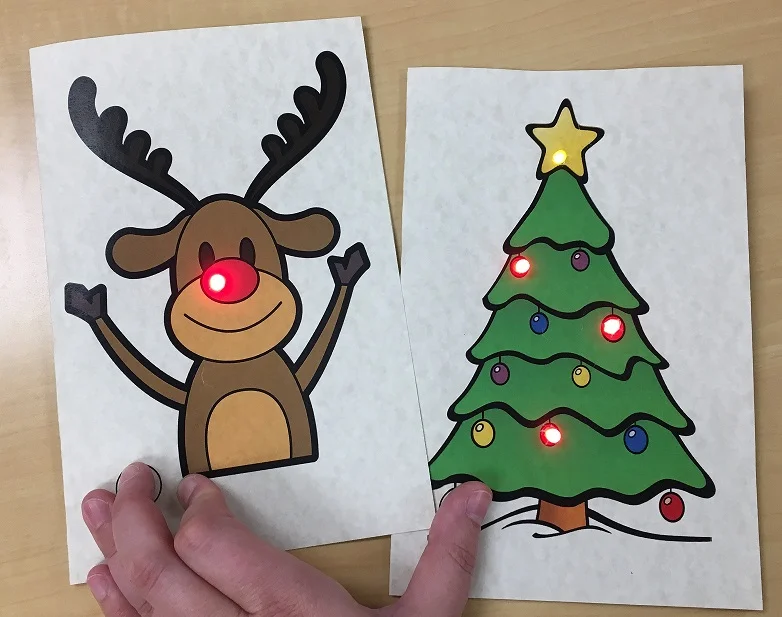
A tiny spark can light up the brightest flame, just like the boundless curiosity in the young kids’ minds. Imagine a world where kids don’t just turn on a switch to light up a room, but instead, they become the creators of that magic.
Here is where we come into action with our basic beginner’s guide. Get your passport to this world of wonder, where circuits aren’t just wires and bulbs, but they’re the building blocks of imagination and discovery for the innovators of tomorrow.
Let’s explore and see how even the most petite hands and a little brain can create a symphony of lights and motion using the circuits.
What is a Circuit?
A circuit is a path through which electricity follows. It consists of various components that work together to allow the flow of electrical energy. The key components include a power source, conductors, and loads.
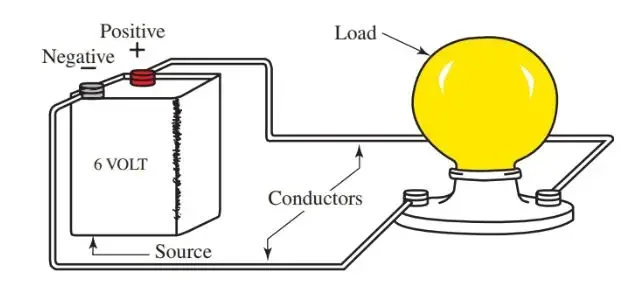
1. Power Source
The heart of any circuit is the power source. The power source could be a battery or an outlet, which acts as the life force of an electrical circuit and powers up lights, buzzers, or motors.
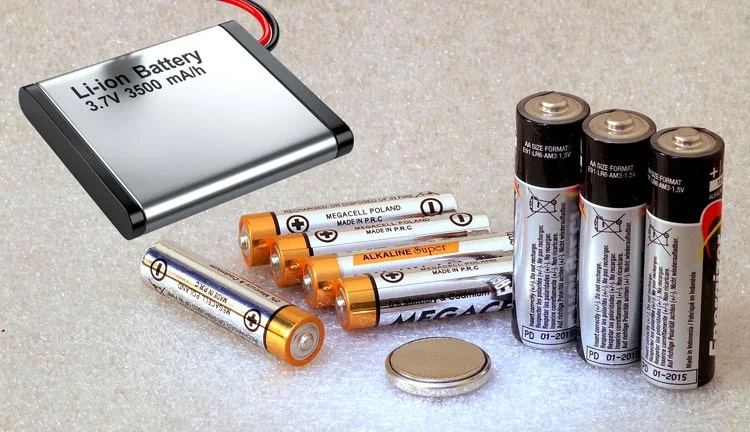
2. Conductors
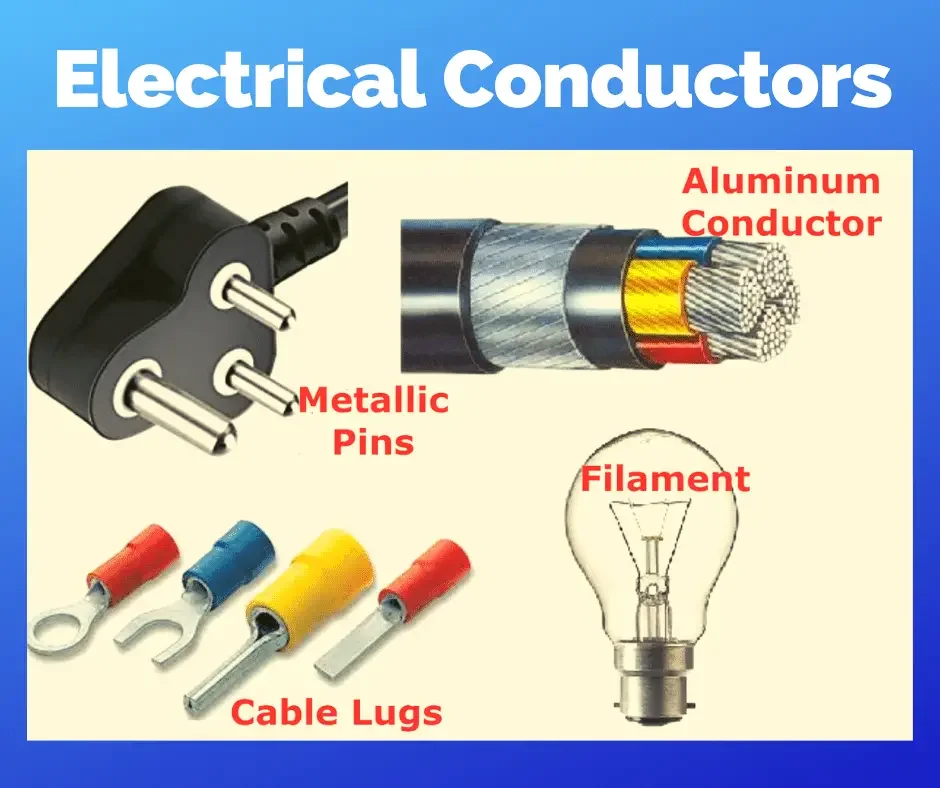
Conductors in an electrical circuit are like messengers that carry the energy smoothly from one point to another. Usually made of materials like copper, these messengers, or wires, provide a clear path for electricity to travel, connecting the power source to the device that needs power.
3. Loads
Loads are the devices in a circuit that uses electrical energy to perform a task. Picture it as a gadget or device like a light bulb, buzzer, or motor that lights up when the circuit is complete.
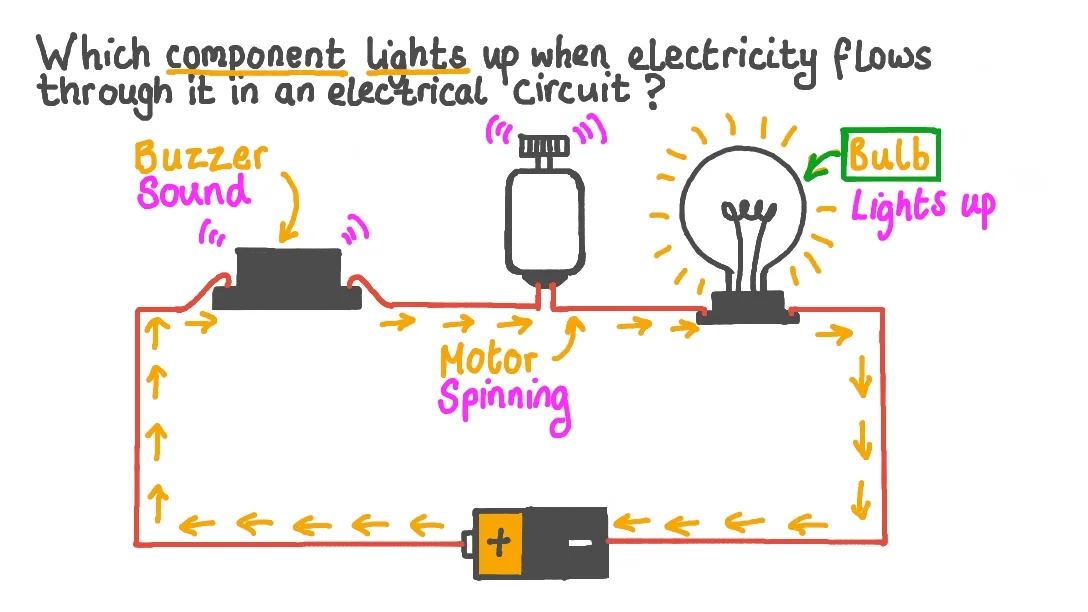
Your Guide to Building a Simple Circuit
Materials Needed:
- Battery Holder with Wires
- Batteries
- Light Bulb
- Wire Strippers (for adult assistance)
Step-by-Step Guide
- Safety First: Before anything, it’s crucial to understand the importance of safety. When working with electricity, there’s a need for caution. Children should be taught not to touch exposed wires to avoid the risk of electric shock and to seek help whenever required or in case of uncertainty.
- Connecting the Battery: This is the process where the circuit is completed by linking the wires from the battery holder to the light bulb. The wires act as a pathway for the electrical energy produced by the battery to reach the light bulb. It’s like connecting the dots to create a complete loop for the flow of electrons.
- Observing the Light: With the circuit now closed, the switch is ready to be turned on, and let the magic happen when the light bulb glows. The electricity flows through the wires, and the light bulb transforms electrical energy into visible bright light.
- Interrupting the Circuit: To deepen the understanding and for experimentation and exploration, the concept of an open circuit is introduced. By purposefully removing a wire, you will see the interruption of the circuit, resulting in the light bulb going out.
| The moral of the story- To light up the bulb, the circuit must be a complete loop. Any break in this loop disrupts the flow of electrons. |
Exploring Circuit Types
1. Series Circuits: In a series circuit, components are arranged in a single path. If one component fails or is removed, the entire circuit is interrupted.
2. Parallel Circuits: In a parallel circuit, components are connected in multiple paths. If one component fails, the others continue to function. This demonstrates the resilience of parallel circuits.
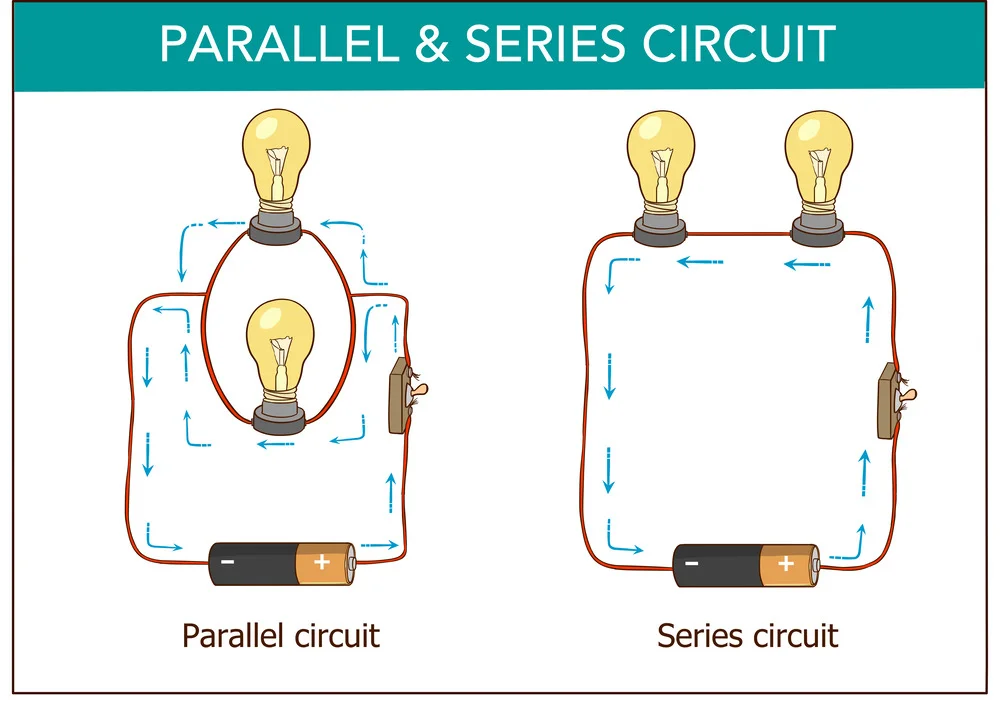
Fun Projects to Spark the light of Creativity with circuits
1. Paper Circuit Greeting Cards
Integrate art and science by creating greeting cards with embedded circuits. Use copper tape to create paths and LED lights for a glowing effect. |
2. Simple Alarm System
Combine a buzzer with a primary switch to create a rudimentary alarm system. This project introduces the concept of closed and open circuits in a practical scenario. |
3. DIY Flashlight
Engage kids in assembling their flashlights using essential components. This project not only reinforces circuit knowledge but also provides a tangible outcome. |
Conclusion
By introducing children to circuits, we provide them with a foundational understanding of a technology that powers our modern world. Through hands-on activities and creative projects, kids can develop not only technical skills but also critical thinking and problem-solving abilities. As we enable the curiosity of the next generation, we pave the way for future innovators who will shape the world through their understanding of circuits and technology.
Moonpreneur is on a mission to disrupt traditional education and future-proof the next generation with holistic learning solutions. Its Innovator Program is building tomorrow’s workforce by training students in AI/ML, Robotics, Coding, IoT, and Apps, enabling entrepreneurship through experiential learning.


























What are the basic rules of circuits?
Electricity will always want to flow from a higher voltage to a lower voltage.
One of the rules also states that Electricity always has work that needs to be done.
Most importantly, Electricity always needs a path to travel.